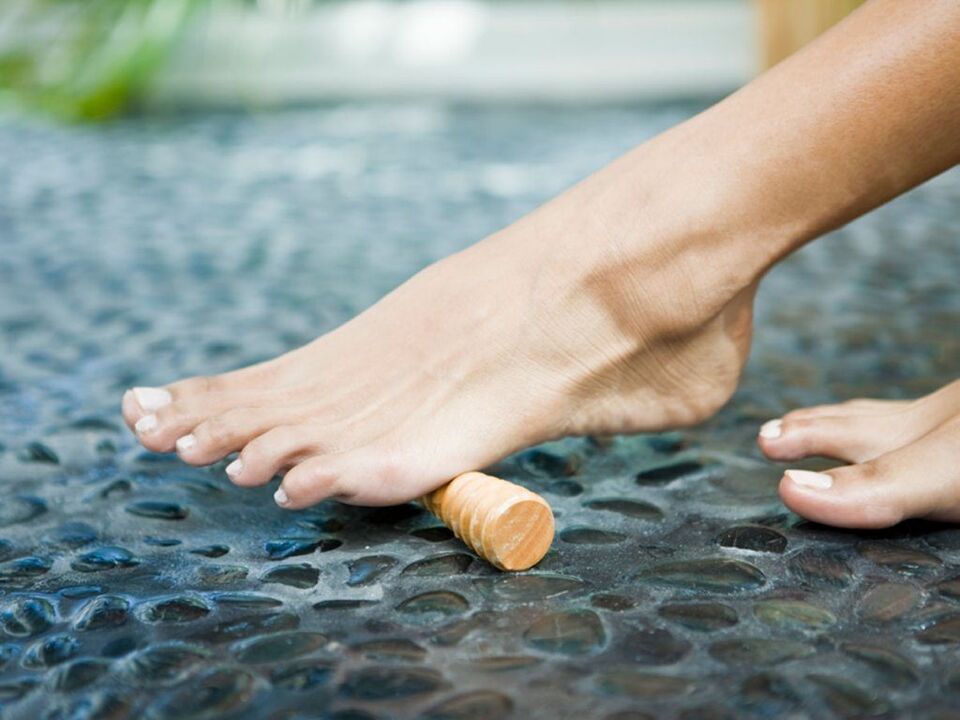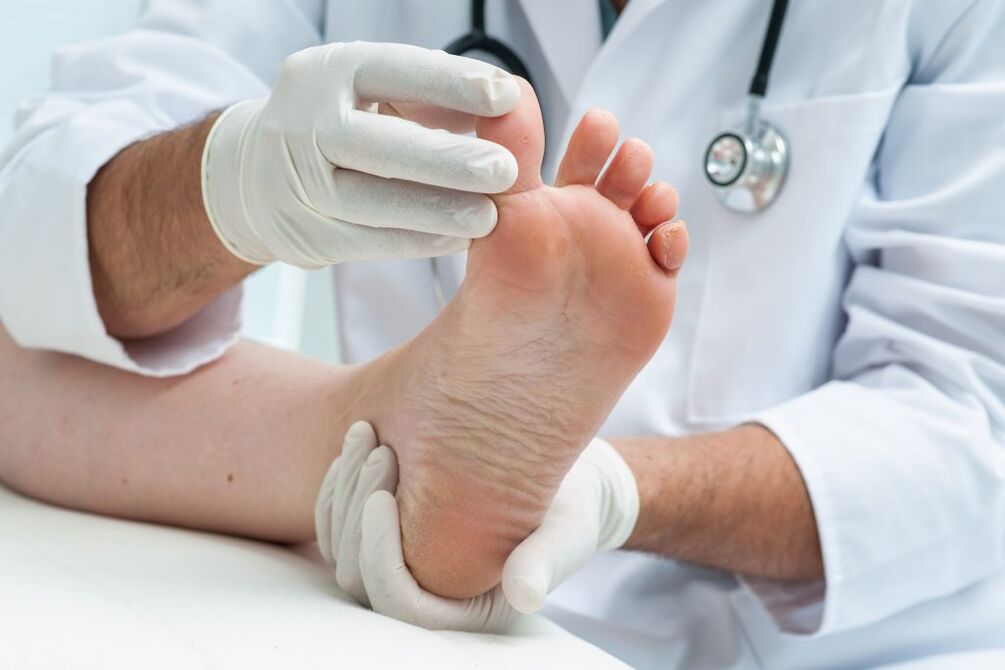The peripheral deformation of the first (thumb) finger is an orthopedic pathology in which the fingers are deformed and deviated.Thirty years later, the disease mostly occurs in women.In 3% of people, valgus deformation was found in the population aged 15 to 30, and 9% of people aged 31 to 60 and 16% of people over 60.This problem not only causes strong aesthetic discomfort, but also causes changes in all ligaments, tendons, joints and bones.

Disease
As the first finger deforms, the angle between the first bone and the second bone is increased, and the displacement of the first bone bone is observed.The toe of the foot moves outwards, and the bones extend out to form bones.This bone does not allow thumb to match the standard and will gradually deviate outward.Nodules (bones) prevent you from wearing shoes, causing inflammation, rubbing and causing inflammation in the first mass bags that cross the knuckles.Gradually, the bones swell and become inflamed and painful.Improper position of the joint can stimulate its premature wear, cartilage lesions, and increased bone growth size.This in turn causes further development of foot trauma and pathology.As the disease progresses, the thumb moves the remaining fingers of the foot, thus deforming in the form of a hammer.As the disease progresses, it can lead to arthritis in the joints, inflammation of the joint bag, chronic inflammation of the first proton circulation joint, displacement of the first meta bone, displacement of the first meta bone bone, flat footsteps (chronic and transverse) (chronic and transverse), bone and jam sheets, bone and jam sheets, and enhance head quality.
sheet
Under normal circumstances, meta bones are parallel to each other.Under some influence, the first meta bone deviates, so a small bulge appears on the foot, ligaments and tendons lose elasticity, and its dysfunction develops.
The disease passes through several stages:
- Early.At this stage, the deviation of the toe is less than 15 degrees.
- Average.The deviation of the first finger toward the side is 15 to 20 degrees.At the same time, deformation of the second finger was observed.It rises above the thumb and becomes the form of a hammer.
- Heavy.The deviation of the thumb is 30 degrees.All fingers of the foot have been deformed, and at the bottom of the first aspect, the bones grow very much.In places with high voltage on the feet, coarse corn appears.
reason
The main provocation factor for the emergence of valgus deformation is irregular shoes.If a person is wearing tight shoes, narrow toes or tall shoes, his fingers are always in the wrong (compressed) position, which helps the development of valgus deformation.However, this is not only the cause of disease development.The following causes affect the occurrence of pathology:
- Trauma of lower legs and feet;
- rickets;
- Cerebral palsy;
- Multiple neurotic;
- Lower feet;
- Flat feet
- congenital weaknesses in muscle ligaments;
- Chronic arthritis caused by psoriasis;
- arthritis;
- multiple sclerosis (with damage to the nerve fiber shell);
- diabetes;
- gout (urea deposition in body tissue);
- The height of joint mobility observed during Martha and Down syndrome;
- young feet (in adolescence, the size of the feet increases rapidly);
- Charcot-Mari-tuta disease (genetic neuropathy with muscle atrophy in the distal limb);
- osteoporosis (bone loss);
- Stop excessive fighting related to professional activities (waiters, athletes, Ballerinas).
The disease develops rapidly in the presence of initiators.
symptom

The symptoms of pathology depend on the extent of damage to the foot.In the first stage, redness in the appearance of the bone, swelling of tissue, and bone pain in the fingers was observed during the walking process.During the average stage of disease development, pain, swelling, bone growth in the bone-added area, dry corn appears below the corn in the middle of the finger.During the heavy stages of the soles and thumbs of the foot, severe, exhausted pain occurred.Dry corn forms and skin keratosis occurs under the second and third phalanges of the fingers.
diagnosis
Diagnostic measures begin with the collection of the patient's tumor.The doctor asked him about the disturbing symptoms, interested in their appearance (leg load, walking, narrow shoes), history of metabolism, systemic diseases, damage to the lower limbs, hereditary diseases of the bones.Next, conduct an external check and ask someone to do it.The doctor looked at the patient's gait while determining the intensity of the pain.The position of the foot toe is studied, relative to the other fingers, and the extent of its flexion and extension is explored.Other external symptoms (swelling, redness, thickening of the underlying bones of the fingers) were examined.To determine the degree of deformation of the foot, dislocation of the joint and related pathology, foot angiography of the foot was performed in three projections.Ultrasound examination was performed to rule out circulatory disorders in the legs.
treat
Treatment of valgus deformity of the foot toe is traditional and functional.In the early stages, when you can do it without surgery, your doctor recommends choosing convenient, corrected shoes.She shouldn't please the burden on her feet.Comfortable shoes slow down the disease progression.At the same time, doctors will recommend purchasing special orthopedic equipment:
- Washers for thumb joint bags (they remove pressure from the shoes);
- Intodassen rollers, the gasket helps the load on the feet to be properly distributed.
All orthopedic devices will relieve pain, but it is impossible to completely get rid of their help.To eliminate pain and inflammation, non-replacement anti-inflammatory drugs are used, corticosteroids are used.To relieve cramps and restore joint migration, massages and special gymnastics are prescribed to relax the feet.
The effectiveness of physical therapy
The important role of physical therapy in appearance deformation therapy.To eliminate the disease, doctors prescribe electrophoresis with batteries used for calcium, hydrocortisone, paraffin and Ozokeritic.One of the most effective ways to eliminate externally selected deformities of the toe is shock wave therapy (UVT).This process implies the short-term effect of acoustic low-frequency pulses on the pain zone.With UVT, the pain symptoms are eliminated, and the impact on the factors that cause their appearance is affected.This process is performed using special equipment to generate shock waves.They only affect pathological areas, but not healthy tissue.With ultrasound, the metabolic process is improved.UVT is not performed in the presence of neurological, infectious, oncology, cardiac, somatic diseases, diabetes, and blood clotting diseases.Pregnant women, pregnant women under the age of 18, nursing women and children do not prescribe shock wave therapy.The effect of this process was observed after several procedures.The pain disappeared and walking became easier.However, it is impossible to completely remove protruding bones using a UVT program.Doctors can prescribe at least 5-7 meetings.According to the stage of the disease, procedures for carrying out procedures are also specified.Some people prescribe daily, others are enough for a program a week.Long-term UVT treatment results.
Surgical treatment
Due to the average toe and severe valgus deformity, surgical treatment was performed.To eliminate pathology, many methods have been developed that achieve the following goals:
- Eliminate cystitis on the first finger of the foot;
- Bend the muscles located around the damaged joints to prevent recurrence of the disease;
- Reconstruct the thumb bone.
If deformation is not strongly expressed, growth on the joint bag can be removed.After the surgery, a person needs to recover and wear a bandage or a bandage or shoes with a wooden sole using proofreading of the foot, physical therapy (at least 6 procedures).Currently, as the thumb deforms, do the following:
- Small deformation correction.Make small incisions on both sides of the thumb, with the help of micro mills, elemental bones and the position of the phalanx of the fingers.
- Chevron - Dentinotomy.The finger deviation of this operation shall not exceed 17 degrees.Cut off the growth and secure the edge of the thumb with screws and titanium wire.After a period of time, the structure will be deleted.
- Scarf - Dentinotomy.If the thumb deviation is 18-40 degrees, then perform the operation.During the intervention, using manual exposure, the meta bone position was corrected and then secured with two titanium screws.
The protruding bones of the toe are not only aesthetically ugly, but also cause many inconveniences when walking.Diseases that have not been treated can lead to working complications throughout the musculoskeletal system.Therefore, if the first sign of deformation occurs























